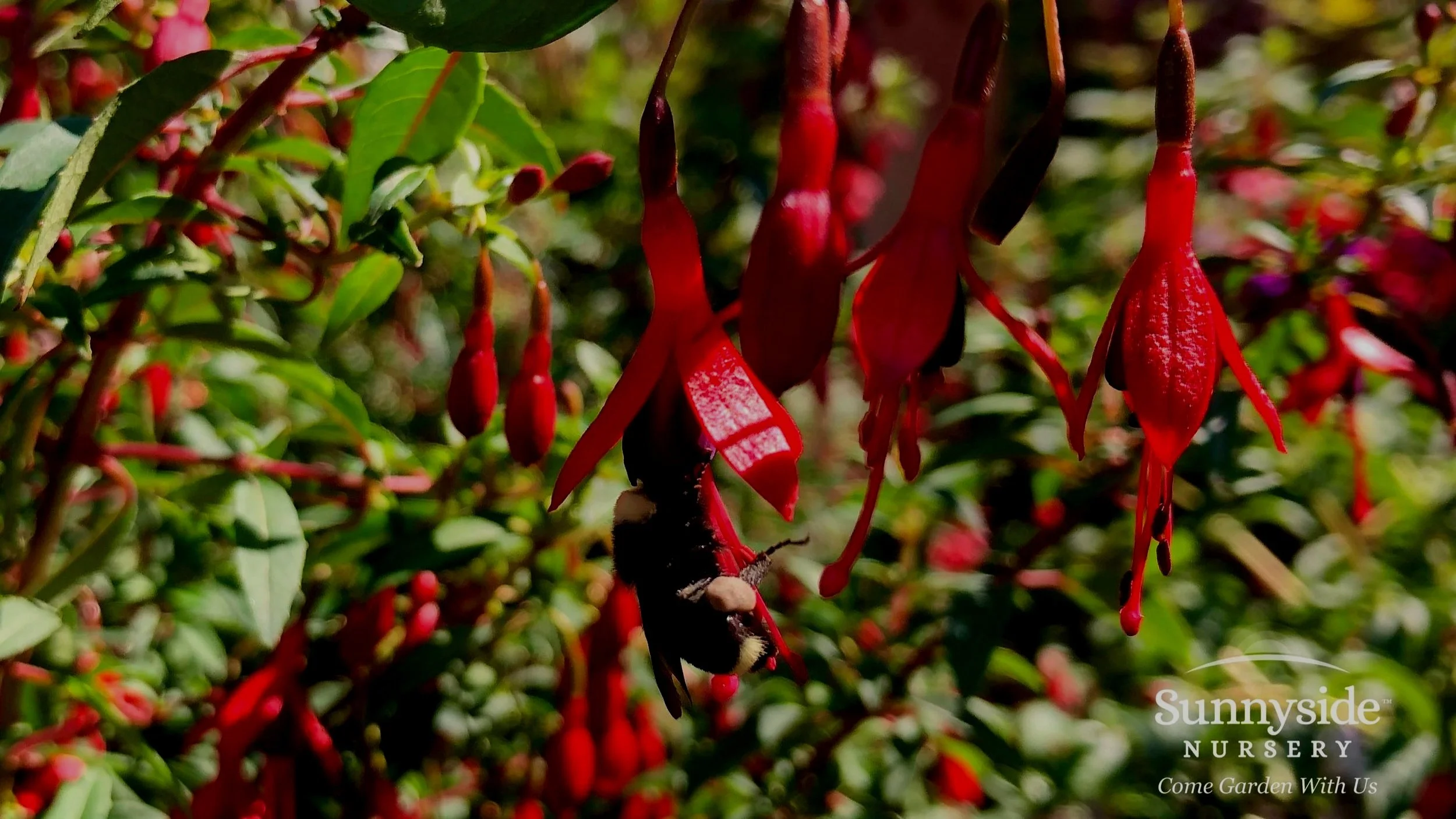Now that the thrill of summer has passed and the warm colors of fall are fading with each passing storm, our eyes should be being drawn to attractive broadleaf plants like Hollies, Aucubas, Fatsias, and Nandinas, and of course plants that have berries like Pyracantha, Cotoneaster, Snowberry and Beauty Berry. You can find an amazing variety of plant material at garden centers this time of year that you probably would have just skipped right by this last spring and summer, simply because there were too many other distractions to grab your attention. On a recent trip to the nursery, I stumbled onto 4 new varieties of wintergreen that would be real show stoppers tucked into a nice holiday container on the front porch. Here is some more info about these delightful low-growing plants…
Wintergreen (Gaultheria procumbens) is native to the east coast and is a relative of our native Salal (Gaultheria shallon). Unlike Salal, that can reach 5 feet tall, wintergreen creeps along the ground and never gets more than around 3 to 5 inches tall. Otherwise, both species require the exact same growing conditions, which is shade or part shade and a soil rich in organic matter and on the acidic side. In other words, they like to grow in a woodland-like setting.
While plain, ordinary wintergreen is showy enough with pea-sized red berries that form in the fall and last most of the winter, the newer introductions have much larger berries that can range from red to pink to white. In addition to showier berries, the variety ‘Winter Splash’ also sports attractive variegated green foliage with white edges that take on a pink tinge in the winter. ‘Winter Fiesta' (Hokutotakaji-001) is a recent introduction from Japan that has large white berries that will turn cotton candy pink in the cooler winter months. ‘Cherry Berries’ is a new introduction from Briggs Nursery in Elma, Washington that has berries the size of a nickel, which makes them very showy for the holidays. And finally, ‘Berry Cascade’ shows off bright red berries all along the stems, giving it the look of a string of red pearls.
Wintergreen is a commonly sold ground cover and used frequently in northwest gardens wherever there is some shade and a nice humus rich soil. My experience has been that they can sometimes be a little difficult to get established, as they are shallow-rooted, and can dry out easily. Incorporating lots of compost into the soil and topping it off with a one-inch layer of mulch will help to keep the soil cool and moist. Be patient and remember the rule “first year they sleep, second year they creep, third year they leap”.
While traditional Wintergreen is a great companion for other woodland plants, like Ferns, Astilbe, Hosta, and Bleeding Hearts, these newer introductions just shout out “put me in a container and show me off”. They make a great filler or even spiller when combined with other evergreen perennials like Hellebores, Bergenia, Ferns and sedges. Place a dwarf Alberta Spruce or the new ‘Straight and Narrow’ Japanese Holly in the center as your thriller and you will be good to go for the holiday season. Check them all out now at your local garden center and tell them the Whistler sent you. 😊 Stay safe & keep on gardening!




